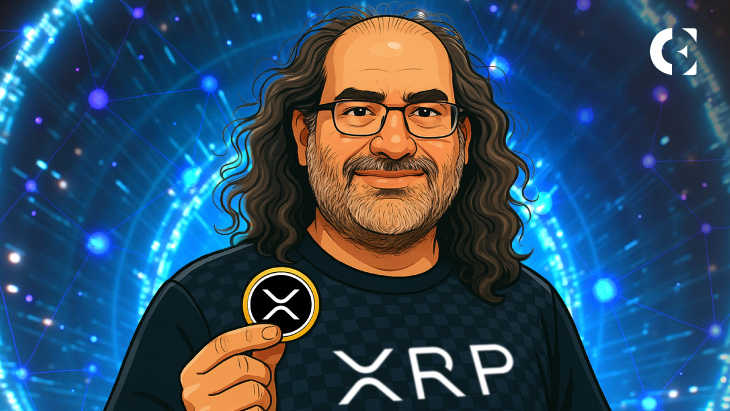- CTO explains that fork mechanics apply equally to Bitcoin, Ethereum, and XRPL systems.
- Forks enable rule changes, but markets often consolidate value into one dominant chain.
- Decentralization can still allow harmful changes if backed by a majority consensus.
Ripple CTO David Schwartz has addressed centralization accusations following social media discussions about XRP’s market capitalization relative to BlackRock. The debate began when users claimed XRP operates as a “centralized VC project using supermajority nodes.” This prompted Schwartz to clarify the mechanics of blockchain governance.
Schwartz argued that all public layer one blockchains face similar governance challenges and stated that “any group of participants could change the rules to allow censorship” if they achieve consensus. This capability exists across Bitcoin, Ethereum, and XRP Ledger systems, not exclusively within Ripple’s network architecture.
Fork Mechanisms Enable Rule Changes Across All Blockchains
When questioned about forking impacts on blockchain foundations, Schwartz explained that serious governance disagreements in any public blockchain can result in network splits. Each side can pursue preferred rules through forking mechanisms, though neither can force adoption by opposing participants.
The CTO acknowledged the theoretical benefits of successful forks, including doubled transaction capacity and specialized use case optimization. Holders could potentially benefit if their tokens replicate across both chains while maintaining a combined value above the original network.
However, Schwartz noted that practical fork implementations have generally failed to deliver promised benefits. Market situations typically favor one chain over alternatives and concentrate economic value rather than distributing it across multiple networks, as theory suggests.
Decentralization Doesn’t Guarantee Positive Outcomes
Schwartz countered arguments that decentralization inherently prevents negative changes. He explained that distributed systems can implement harmful modifications through community consensus. No authority exists to prevent community-driven changes or provide legal recourse if networks evolve unfavorably.
The explanation addressed misconceptions that decentralized systems automatically produce beneficial outcomes while preventing detrimental modifications. Network participants retain the power to implement censorship or other restrictions through majority agreement, regardless of individual preferences.
This governance reality applies universally to public blockchains, where community consensus determines network rules rather than centralized authorities. Despite the theoretical advantages of network forks, Schwartz observed that markets consistently select preferred versions rather than supporting multiple chains equally.
The CTO’s analysis suggests that while fork mechanisms provide governance flexibility, practical implementations face market pressures that limit their effectiveness. Economic incentives tend to consolidate around single networks rather than maintaining diverse alternatives.
Related: XRP Tops Crypto Market Ahead of October SEC ETF Decisions
Disclaimer: The information presented in this article is for informational and educational purposes only. The article does not constitute financial advice or advice of any kind. Coin Edition is not responsible for any losses incurred as a result of the utilization of content, products, or services mentioned. Readers are advised to exercise caution before taking any action related to the company.







